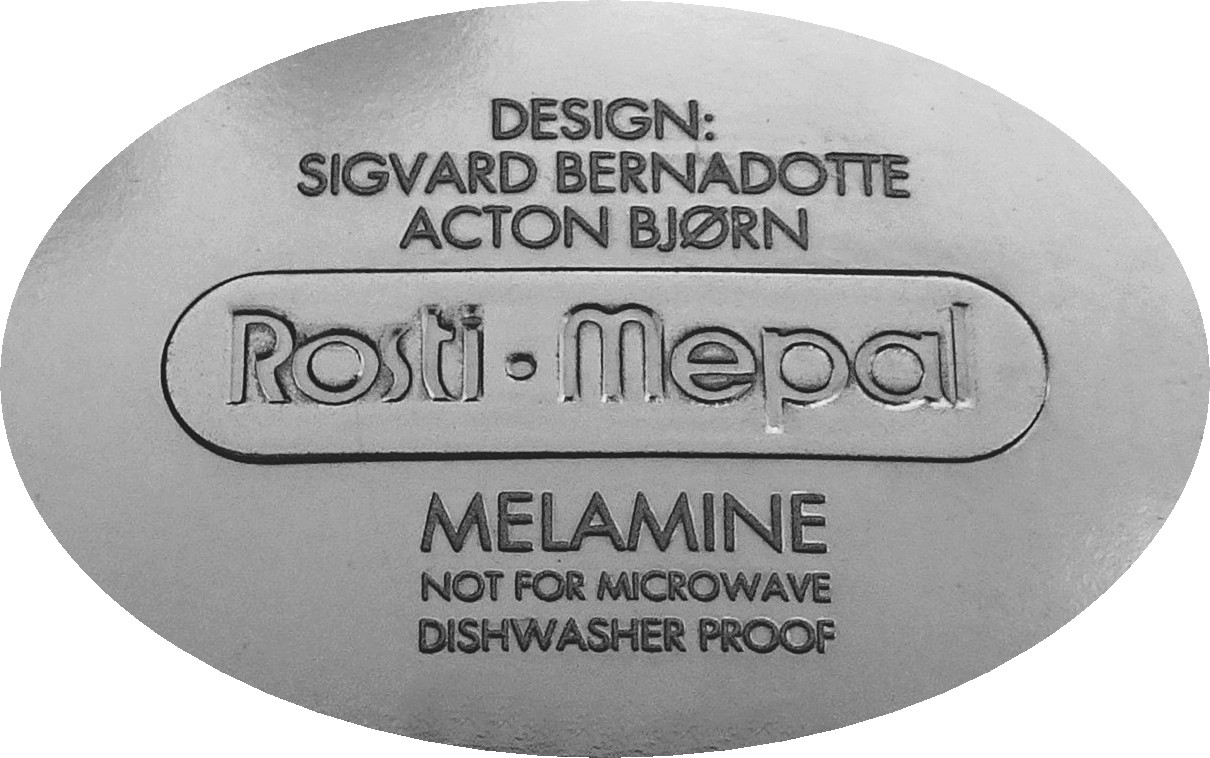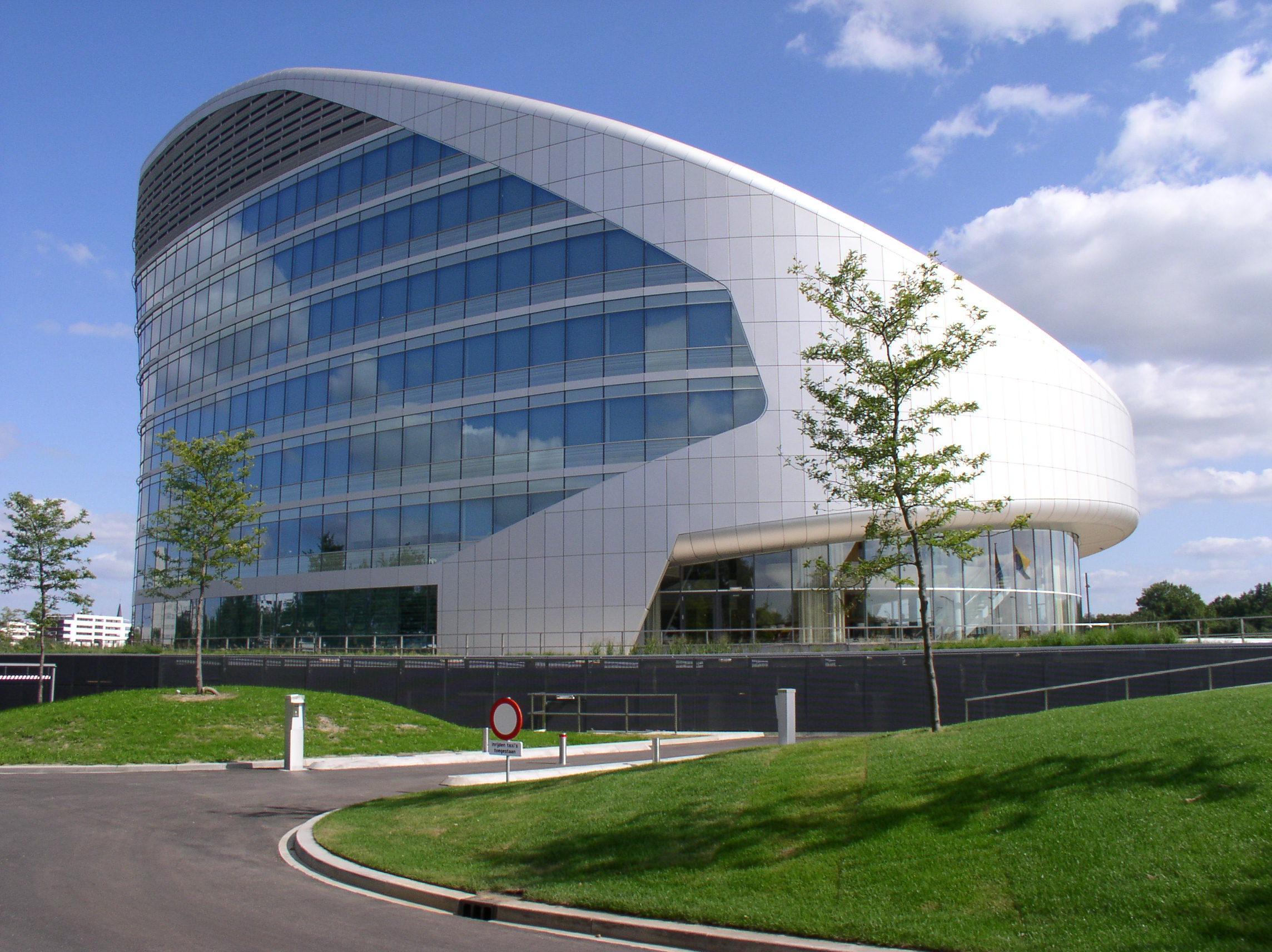|
Stamicarbon
Stamicarbon is the licensing and IP center of Maire Tecnimont SpA which licenses technology for manufacturing urea as well as provide follow-up services designed to ensure the best possible operation of the urea plant throughout its working life. Stamicarbon is based in Sittard-Geleen. History Introduction From its inception in 1947 until 2009 Stamicarbon was a subsidiary of DSM (formerly Dutch State Mines). In 2009 it was sold to Maire Tecnimont.Kooiman, Annette. "That's why Zuidstad", p. 38. WEAN International, Maastricht.Appeldoorn, Kees. "Stamicarbon 1947-2007, Licensing chameleon", p. 5. Urmond, Urmond. DSM created Stamicarbon for the purpose of managing its patent portfolio and licensing its technology. In 1947 DSM was primarily a coal mining company and initially Stamicarbon was responsible for selling coal preparation plant technology. The company's name reflects its origin: 'Stami' (from 'State Mines') and 'carbon'(coal). In the succeeding years, reflecting the prog ... [...More Info...] [...Related Items...] OR: [Wikipedia] [Google] [Baidu] |
Maire Tecnimont
Maire Tecnimont S.p.A. is an Italian Corporate group, group numbering 50 operating companies in the engineering, technology and energy sectors. It deals in plant engineering in oil and gas, chemicals and petrochemicals, in green chemistry and in technology supporting energy transition. Maire Tecnimont manages large turnkey licensing, engineering, procurement and construction (Engineering, procurement, and construction, EPC) projects in different geographical areas. It operates in over 45 countries in four continents through a staff of around 6,300 employees. In November 2007 it was listed on the Milan Stock Exchange in the FTSE Italia Mid Cap index. History Origins Fiat Engineering S.p.A. was set up in the 1930s under the name "Servizio Costruzioni e Impianti Fiat S.A.", as part of the Fiat Group, for the design and construction of equipment for the manufacture of cars. Subsequently, it specialised in the production of cogeneration and combined cycle plants both in Italy and abro ... [...More Info...] [...Related Items...] OR: [Wikipedia] [Google] [Baidu] |
Urea
Urea, also known as carbamide, is an organic compound with chemical formula . This amide has two amino groups (–) joined by a carbonyl functional group (–C(=O)–). It is thus the simplest amide of carbamic acid. Urea serves an important role in the metabolism of nitrogen-containing compounds by animals and is the main nitrogen-containing substance in the urine of mammals. It is a colorless, odorless solid, highly soluble in water, and practically non-toxic ( is 15 g/kg for rats). Dissolved in water, it is neither acidic nor alkaline. The body uses it in many processes, most notably nitrogen excretion. The liver forms it by combining two ammonia molecules () with a carbon dioxide () molecule in the urea cycle. Urea is widely used in fertilizers as a source of nitrogen (N) and is an important raw material for the chemical industry. In 1828 Friedrich Wöhler discovered that urea can be produced from inorganic starting materials, which was an important conceptual milestone ... [...More Info...] [...Related Items...] OR: [Wikipedia] [Google] [Baidu] |
Urea 2D & Urea 3D
Urea, also known as carbamide, is an organic compound with chemical formula . This amide has two amino groups (–) joined by a carbonyl functional group (–C(=O)–). It is thus the simplest amide of carbamic acid. Urea serves an important role in the metabolism of nitrogen-containing compounds by animals and is the main nitrogen-containing substance in the urine of mammals. It is a colorless, odorless solid, highly soluble in water, and practically non-toxic ( is 15 g/kg for rats). Dissolved in water, it is neither acidic nor alkaline. The body uses it in many processes, most notably nitrogen excretion. The liver forms it by combining two ammonia molecules () with a carbon dioxide () molecule in the urea cycle. Urea is widely used in fertilizers as a source of nitrogen (N) and is an important raw material for the chemical industry. In 1828 Friedrich Wöhler discovered that urea can be produced from inorganic starting materials, which was an important conceptual milestone i ... [...More Info...] [...Related Items...] OR: [Wikipedia] [Google] [Baidu] |
Sittard-Geleen
Sittard-Geleen (; li, Zittert-Gelaen ) is a municipality in the southeastern Netherlands. It was formed in 2001 from the former municipalities Sittard, Geleen and Born. The combined municipality has approximately 92,518 inhabitants (March 2019) and is thus the second most populated municipality in Limburg (after Maastricht with 125,000 inhabitants). Since February 2020, the city has been governed by a coalition of CDA (''Christian Democrats''), GroenLinks (''Green'') and the local parties GOB and Stadspartij. The highway connecting the centres of Sittard and Geleen, the Rijkswegboulevard, has been rebuilt to be a main route for cycling and walking. The cycling and walking provision is both generous and continuous. Side road junctions, or crossroads, are made 'subordinate'. The carriageways have been narrowed to one 3m lane in each direction. Parking places have been made, in small groups, at the side of the carriageways. These are made to be 'not easy to use for larger vehi ... [...More Info...] [...Related Items...] OR: [Wikipedia] [Google] [Baidu] |
Dutch State Mines
Koninklijke DSM N.V. (Royal DSM, commonly known as DSM), is a Dutch multinational corporation active in the fields of health, nutrition and materials. Headquartered in Heerlen, at the end of 2017 DSM employed 21,054 people in approximately 50 countries and posted net sales of €8.632 billion in 2018 and €9.204 billion in 2021. History DSM was formed by the Dutch state in 1902 to mine coal reserves in southern Limburg and although the company had diversified into commodity chemicals and petrochemicals by 1973 when the last mine closed, DSM retains a link to its origins by continuing to use the initials, originally an abbreviation for Dutch State Mines, to this day. During World War II researchers worked on penicillin. The code name Bacinol was used to keep the research secret from the Germans. The research was done at the company Nederlandsche Gist- en Spiritusfabriek, Dutch Yeast and Spirits Factory, later becoming DSM Sinochem Pharmaceuticals, in Delft. In 1989 the gov ... [...More Info...] [...Related Items...] OR: [Wikipedia] [Google] [Baidu] |
Coal Preparation Plant
300px, A coal "washer" in Eastern Kentucky A modern coal breaker in Mahanoy City, Pennsylvania combines washing, crushing, grading, sorting, stockpiling, and shipping in one facility built into a stockpile of anthracite coal below a mountain top strip mine A coal preparation plant (CPP; also known as a coal handling and preparation plant (CHPP), coal handling plant, prep plant, tipple or wash plant) is a facility that washes coal of soil and rock, crushes it into graded sized chunks (sorting), stockpiles grades preparing it for transport to market, and more often than not, also loads coal into rail cars, barges, or ships. The more of this waste material that can be removed from coal, the lower its total ash content, the greater its market value and the lower its transportation costs. Run-of-mine (ROM) coal The coal delivered from the mine that reports to the coal preparation plant is called run-of-mine, or ROM, coal. This is the raw material for the CPP, and consists of co ... [...More Info...] [...Related Items...] OR: [Wikipedia] [Google] [Baidu] |
Melamine
Melamine is an organic compound with the formula C3H6N6. This white solid is a trimer of cyanamide, with a 1,3,5-triazine skeleton. Like cyanamide, it contains 67% nitrogen by mass, and its derivatives have fire retardant properties due to its release of nitrogen gas when burned or charred. Melamine can be combined with formaldehyde and other agents to produce melamine resins. Such resins are characteristically durable thermosetting plastic used in high pressure decorative laminates such as Formica, melamine dinnerware, laminate flooring, and dry erase boards. Melamine foam is used as insulation, soundproofing material and in polymeric cleaning products, such as Magic Eraser. Melamine was once illegally added to baby formula in China, in order to increase the apparent protein content. Ingestion of melamine may lead to reproductive damage, or bladder or kidney stones, and bladder cancer. It is also an irritant when inhaled or in contact with the skin or eyes. The United N ... [...More Info...] [...Related Items...] OR: [Wikipedia] [Google] [Baidu] |
Caprolactam
Caprolactam (CPL) is an organic compound with the formula (CH2)5C(O)NH. This colourless solid is a lactam (a cyclic amide) of caproic acid. Global demand for this compound is approximately five million tons per year, and the vast majority is used to make Nylon 6 filament, fiber, and plastics. Synthesis and production Caprolactam was first described in the late 1800s when it was prepared by the cyclization of ε-aminocaproic acid, the product of the hydrolysis of caprolactam. World demand for caprolactam was estimated to reach five million tons per year for 2015. 90% of caprolactam produced is used to make filament and fiber, 10% for plastics, and a small amount is used as a chemical intermediate. Due to its commercial significance, many methods have been developed for the production of caprolactam. It was estimated that 90% of all caprolactam is synthesised from cyclohexanone (1), which is first converted to its oxime (2). Treatment of this oxime with acid induces the Beckmann rea ... [...More Info...] [...Related Items...] OR: [Wikipedia] [Google] [Baidu] |
Polyethylene
Polyethylene or polythene (abbreviated PE; IUPAC name polyethene or poly(methylene)) is the most commonly produced plastic. It is a polymer, primarily used for packaging ( plastic bags, plastic films, geomembranes and containers including bottles, etc.). , over 100 million tonnes of polyethylene resins are being produced annually, accounting for 34% of the total plastics market. Many kinds of polyethylene are known, with most having the chemical formula (C2H4)''n''. PE is usually a mixture of similar polymers of ethylene, with various values of ''n''. It can be ''low-density'' or ''high-density'': low-density polyethylene is extruded using high pressure () and high temperature (), while high-density polyethylene is extruded using low pressure () and low temperature (). Polyethylene is usually thermoplastic, but it can be modified to become thermosetting instead, for example, in cross-linked polyethylene. History Polyethylene was first synthesized by the German chemist Hans ... [...More Info...] [...Related Items...] OR: [Wikipedia] [Google] [Baidu] |
Phenol
Phenol (also called carbolic acid) is an aromatic organic compound with the molecular formula . It is a white crystalline solid that is volatile. The molecule consists of a phenyl group () bonded to a hydroxy group (). Mildly acidic, it requires careful handling because it can cause chemical burns. Phenol was first extracted from coal tar, but today is produced on a large scale (about 7 billion kg/year) from petroleum-derived feedstocks. It is an important industrial commodity as a precursor to many materials and useful compounds. It is primarily used to synthesize plastics and related materials. Phenol and its chemical derivatives are essential for production of polycarbonates, epoxies, Bakelite, nylon, detergents, herbicides such as phenoxy herbicides, and numerous pharmaceutical drugs. Properties Phenol is an organic compound appreciably soluble in water, with about 84.2 g dissolving in 1000 mL (0.895 M). Homogeneous mixtures of phenol and water at phenol ... [...More Info...] [...Related Items...] OR: [Wikipedia] [Google] [Baidu] |
SABIC
Saudi Basic Industries Corporation ( ar, الشركة السعودية للصناعات الأساسية), known as SABIC ( ar, سابك), is a Saudi chemical manufacturing company. 70% of SABIC's shares are owned by Saudi Aramco. It is active in petrochemicals, chemicals, industrial polymers, fertilizers, and metals. It is the second largest public company in the Middle East and Saudi Arabia as listed in Tadawul. In 2017, SABIC was ranked fourth in the world among chemical companies by Fortune Global 500. By the end of 2018 SABIC was the world's 281st-largest corporation. In 2014, the company had sales revenues of $50.4 billion, profits of $6.7 billion and assets standing at $90.4 billion. It also has been recognized as the world's second most valuable brand in the chemicals industry by Brand Finance in 2021. History SABIC was founded in 1976 by royal decree to convert oil by-products into useful chemicals, polymers, and fertilizers. The first chairman of the company was Ghaz ... [...More Info...] [...Related Items...] OR: [Wikipedia] [Google] [Baidu] |







